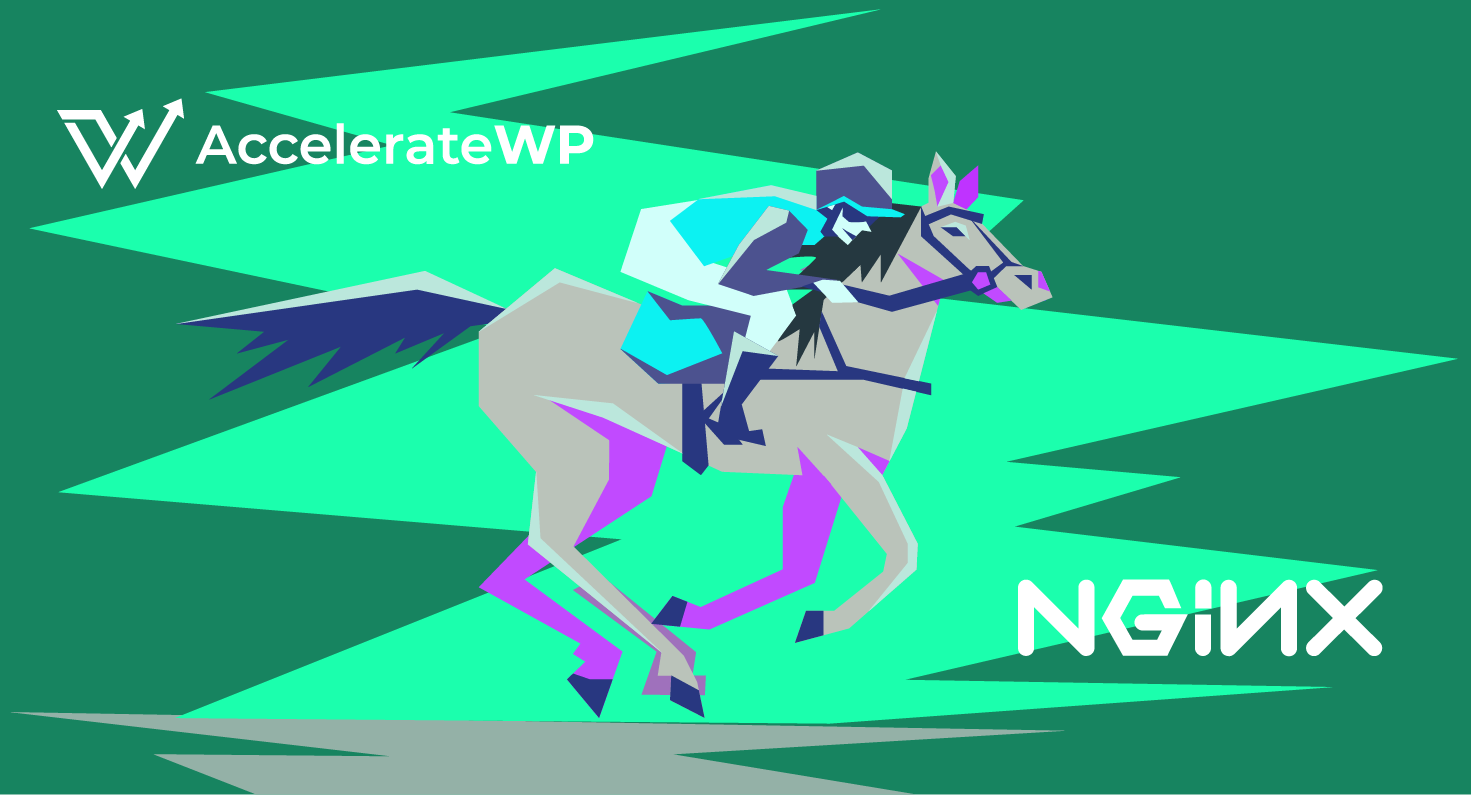
Which is a better page builder: Elementor or Divi?
Posted July 15, 2021 by Lee
When it comes to building your WordPress site, two page builders stand head and shoulders above the rest: Divi and Elementor. Figuring out which is better, though, can be a challenge. Each has its positives and negatives. And the one you choose will depend heavily on the kind of site that you’d like to build.
Divi and Elementor are the two leading drag-and-drop WordPress page-building solutions currently available. These products allow you to build a site that is completely yours without having to learn anything super technical. Both attempt to be as intuitive as possible.
But while user-friendliness is at the core of both solutions, they go about it in different ways. The scope and features of each vary considerably.
Ultimately, one is not better than the other. Which you choose will depend very much on your aims and objectives.
In this post, we compare Elementor and Divi by topic – key areas of differentiation that matter to you. We will then conclude with a quick summary describing the kind of WordPress users who stand to benefit most from each.
So, without further ado, let’s dive right in.
Pricing
Before you begin building a website, you need to consider how much it’s going to cost (and whether it’s worth the investment).
For budget users, Elementor page builder arguably has an edge. You can use some of its features completely free of charge and still get a highly flexible, meaningful experience. Even without handing over any money, you can still get access to great designs, allowing you to create a professional-looking website.
Both Divi and Elementor also have premium versions. If you’re building a single site, Elementor works out as cheaper. However, if you want to use properties across sites, then Divi works out as the better value option.
Here’s why.
For Divi, you’ll pay a one-year license of $89 (£64) for unlimited use of Elegant Themes across your sites (and those of your clients). At that price, you get all Divi themes, extra themes, and a bunch of email opt-out and social sharing plug-ins. It doesn’t matter how much you use Divi theme builder, the price is always the same.
For Elementor, it’s a different story. If you only need themes for one site, you’ll pay $49 (£35) a year. If however, you want to run three sites, you’ll pay $99 (£71) per year. And if you want to run four sites or more then the price shoots up to $199 (£143) per year.
Templates
As you might expect, both Divi and Elementor come with a vast selection of templates, allowing you to avoid having to create designs from scratch. These product features let you import professional-looking sites and simply tinker with them to create a site that suits you.
The number of templates Divi offers changes all the time. However, in January 2021, it had around 1,450.
Divi is helpful because it divides templates into themed collections. It also lets you download “layout packs” providing specific templates for the types of pages likely to appear on your sites, such as about pages, contact pages and home pages.
By comparison, Elementor supplies around 200 templates with the Pro version of its service. Templates feature what the company calls “blocks.” These are essentially little lego pieces that allow you to snap elements of pages together in a way that looks professional.
Some of Elementor’s templates fit into “kits” – just like Divi’s themed collections. However, the number of options on offer is substantially less.
Support
When building a website, you often need support.
Divi offers all Elegant Theme users the following:
- 24/7 support via live chat service, Intercom
- Forum support
- Detailed knowledge base documentation
- Support via Divi’s Facebook group
Element offers its customers the following types of support:
- 24/7 support for all Pro customers
- Detailed public knowledge base via its website
- Support via official Facebook page
- Additional Facebook support groups that cater to specific types of Elementor users (such as those using the Which Theme and Which Plugin).
Performance
Modern web hosts care a lot about the performance of their websites. They need them to load snappily for both user experience and to cater to new SEO requirements.
While it is difficult to test the two platforms directly, it does appear that Elementor has a slight advantage over Divi. For instance, tests show that both with and without autoptimise, Elementor offers faster largest contentful paint (LCP) than its Divi rival.
However, the gap between the two solutions is narrowing. Divi is doing a lot of work behind the scenes to ensure that its templates and themes load much more rapidly on modern browsers.
Still, even in 2021, Elementor remains the superior product for webmasters looking for pure speed. The Elementor + Astra setup is pretty much the fastest options currently available.
User Interface
When it comes to the user interface, much of it comes down to personal preference. The best product is the one that you find easiest to use. Many WordPress users prefer Elementor, while others swear by Divi.
Historically, Elementor felt like the faster option. It seemed to have a lighter UI, allowing users to shift between menus rapidly, almost like a native app. Divi always felt a little slower.
However, at the start of 2021, Divi released a performance pack that dramatically improved how the service feels. Now, the differences in performance between Divi and Elementor is minimal. Divi improved the speed of backend actions by two to seven-fold, so differences are hard to discern.
Elementor UI
Elementor’s UI constellates around a live preview of your web design with a sidebar containing all your editing options.
The nice thing about this setup is that you can see the changes you’re making in real-time. If you don’t like something, you can just alter it using the software’s editing options.
Most of the editing you will do is “in-line.” That means that you can just click the preview window and start typing, and it’ll automatically update your site once finished.
Please note, though, that Elementor does not support in-line editing for all types of text – an important difference between this option and Divi.
Unlike many other page builders, Elementor doesn’t use a wireframe to underlay the website. Instead, it provides users with its “navigator” tool, showing the structure of the page.
If you’re the sort of person who prefers to work with tables and lists instead of physical layouts, then you will prefer this option. Elementor offers some helpful tools that allow you to define all the sections of your webpages methodically and sequentially. You can also label all of your page elements how you like, depending on the structure of the page.
Lastly, Elementor’s UI provides additional actions, such as undo and redo, access to your revision history, and device history. You can also copy widgets and settings between pages, without having to go through the process again manually.
Divi UI
When you first open Divi’s visual builder, it’ll immediately present you with a live preview of your site. However, the user interface itself is minimal. Divi’s developers worked hard to hide as much of the UI as possible while you’re not using it.
Mostly, you’ll work using the tool’s collapsible floating toolbars. These only appear when you hover your cursor over editable sections of your site.
For instance, suppose that you decide to insert a particular layout or element. While you’re editing other elements, options you’re not currently using will vanish. Then, once you hover over a specific element, more detailed options will appear, allowing you to do fine-tuning.
If you have a lot of text content on your site, good news: Divi allows you to do inline editing. This feature means that you can just click the live preview and then type on your pages directly, instead of using a separate input box.
As mentioned earlier, Divi likes to arrange sites using a wireframe system. Whether you like this option depends very much on the type of website builder you are. Some people will love the visual themes, while others will find them distracting or cumbersome.
The Divi interface can take a little getting used to because of all its floating icons. However, once you become accustomed to it, you can soon see why the developers went in this direction. Minimizing the interface gives you a better preview of how your site looks.
Divi Vs Elementor: What Have We Learned?
As you can see, there are some substantial differences between Divi and Elementor. If you have multiple websites and are worried about pricing, then Divi is arguably the better option here. Elementor prices go up tremendously, the more sites you own. However, if you care about page speed and user experience, then Elementor is the winner – though not by as much as in the past.
When it comes to support, it’s pretty much a dead heat. Both offer 24/7 help via chat and both have handy Facebook pages and knowledge banks.
Lastly, the UI you prefer will depend on the type of person you are. If you’re highly visual, then Divi is a natural choice. However, if you are more structured in your thinking, then you might have better luck with Elementor.
Categories: WordPress
About The Author
Lee is a Website Developer at Unlimited Web Hosting UK Limited.


